The letters C, S and L are well known to BMW fans the world over. Although the badge has a certain aura about it, for older and younger BMW enthusiasts, it’s quite remarkable that in the automaker’s history, just two road-going cars have worn these famous letters. We dive into the history of the two BMW CSL models in this piece brought to you by VDN Auto.
History lesson
CSL stands for coupe, sports, lightweight; which is slightly different to cars that wear the CS badge, where CS stands for ‘club sport’. In most cases, using the letter ‘L’ on a German car signified long (lange) as is the case with many long-tail racecars from the era. When the first BMW CSL broke cover, the letter represented a lightweight version of the car it was based on.
Read up on the limited-edition BMW M2 CS at this link, which will be sold via auction in SA.
First of its kind
The CSL story begins in 1972 with the E9 3,0 CS. BMW had a good starting point for its racing programme with the 3,0 CS. However, as is usually the case, road cars are not suited for racing duties. So the chaps over at BMW put the CS on a diet. The strict regimen started with using thinner steel for construction of the body. Some panels, such as the doors boot and bonnet were made of aluminium alloys.
To lower the centre of gravity, the side glass windows were replaced by acrylic items and both windscreens were made of thinner glass. All the soundproofing and excess trim was removed along with the power steering as were the heavy standard seats in favour of racing buckets. While the front bumper was ditched completely the rear item was replaced with a lighter item. The mass-saving over a standard CS was somewhere around 180 kg. Road cars initially featured a 3,0-litre inline six with 132 kW.
Racing special
The mass reduction, along with larger (Alpina) wheels and a more powerful engine, later bumped up to 3,2 litres, all gelled to create a racecar that proved extremely competitive. In fact, the 3,0 CSL can be considered the grandfather of the company’s M Division. Race wins were earned by legendary pilots such as Hans-Joachim Stuck and Chris Amon. The 3,0 CSL netted multiple touring car titles in the mid- to late 1970s, and a class win at the 24 Hours of Le Mans in 1973 for good measure.
The 3,0 CSL was homologated from 1973 with a specific aerodynamic package. The additions included a large air dam, fins running along the tops of the front fenders, a spoiler above the rear windscreen and a tall rear wing. The more aggressive appearance earned it the nickname: Batmobile. Towards the very end of its life the Batmobile featured a turbocharged engine that could produce over 595 kW (800 hp). In 1976 the BMW 3,0 CSL would run under the factory colours for the last time, though it was successful until the end. All told, just shy of 1 300 CSL models were manufactured.
Modern eraThe hallowed CSL nameplate sat dormant in the halls of BMW for decades until it was resurrected in 2003 and applied to a very special E46 M3. BMW M3 CSL was only the second ever road-going car to wear the famous badge. While the Batmobile was built as a homologation special to go racing, the newer car was not. Instead, it was created for an attack on the famous Nurburgring Nordschleife. BMW was aiming for a sub-eight-minute lap but a standard M3 was not up to the task. So the engineers pulled out all the stops to create a car that would break that barrier.
Check out our own experiences of driving the Nurburgring in this video.
The changes
To earn its ‘L’ credentials, step one was a mass-saving exercise. The roof, centre console, front bumper and door panels were all made of carbon-fibre reinforced plastic. The sculpted boot lid with integrated spoiler was made from moulded plastic, the rear windscreen was thinner and lighter and the boot floor was made of compacted cardboard (no, really). Removal of sound deadening along with the heat shield from the bonnet reduced mass and allowed occupants to enjoy the soundtrack a bit more.
Learn more about the rarest BMW M3 ever made by clicking here.
Lightweight front seats and a new rear bench along with the deletion of the aircon and audio systems (both no cost options) were partly responsible for reducing mass in the cabin. In total, the BMW M3 CSL tipped the scales at 1 385 kg approximately 110 kg less than a regular E46 M3 Coupe. The idea wasn’t simply to reduce the overall mass but to also move it downwards and towards the centre of the car to make it more agile.
Technical changes
BMW’s M Division was not fixated on increasing power but the special edition did feature a small power hike for the 3,2-litre inline six. New camshafts with longer duration, an uprated ECU with new strategies for the ESC and ABS, and the famous carbon airbox all helped lift power to 265 kW at 7 900 r/min (vs 252 kW) with peak torque of 370 N.m developed at 4 900. The only transmission for the CSL was the company’s automated single-clutch manual, known as SMG. BMW’s claim at the time was a 0-100 km/h sprint in 4,9 seconds, 0-200 km/h in 16,8 seconds with a top speed limited to 250 km/h.
Check out the most recent photos and video of the upcoming BMW M4 at this link.
BMW carried out a raft of changes under the skin to help achieve its Nurburgring ambitions. Among these were a quicker steering rack, adopting aluminium lower control arms, revised springs and dampers as well as larger anti-roll bars and brakes. The final link in the chain was Michelin semi-slick Pilot Cup rubber fitted to new, lighter cast aluminium BBS alloys. Only 1383 of the ‘new’ CSL were produced, with a few dozen making their way to South Africa. Each cost nearly a million rand when new. A few years ago you could buy one in decent condition for less than half the original price.
The sum total of the changes resulted in a Nürburgring Nordschleife lap time of 7 min 50 seconds. That may not sound impressive today when the quickest hot hatches regularly dip below eight minutes but the E46 CSL was a few seconds a lap quicker than a Porsche (996) GT3 of the era.
Summary
When a manufacturer hits on a winning recipe it can often roll out the same name on “lesser” products hoping that the glow from halo models helps sell cars lower down the pecking order, trying to squeeze every last drop for marketing purposes. Thankfully BMW hasn’t diluted the CSL badge this way and preserves these vaunted letters for truly specials cars. It may take a while yet but we cannot wait for the next CSL to be launched.
Watch Jochen Neerpasch drive a 3,0 CSL on the Transfăgărăşan Pass in Romania.

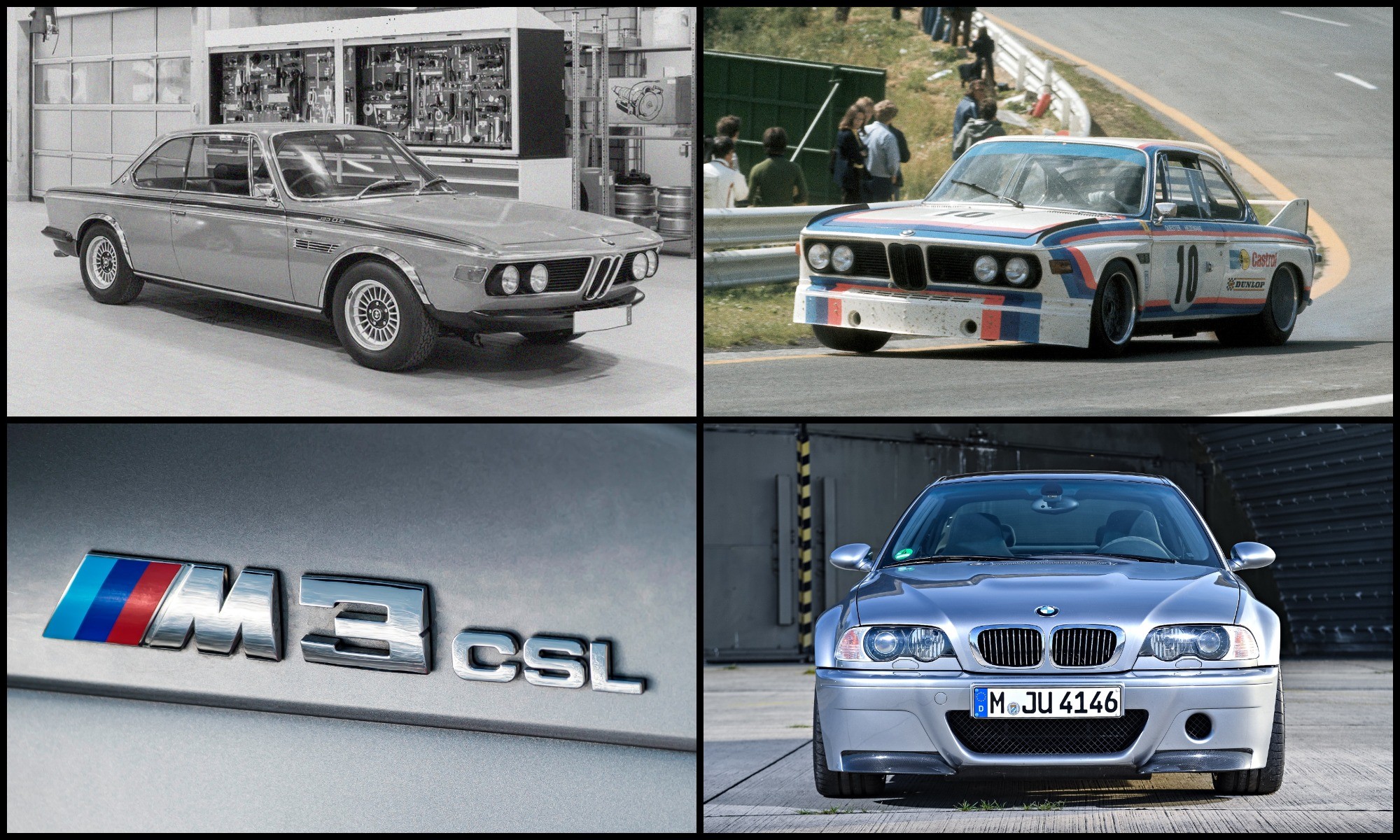


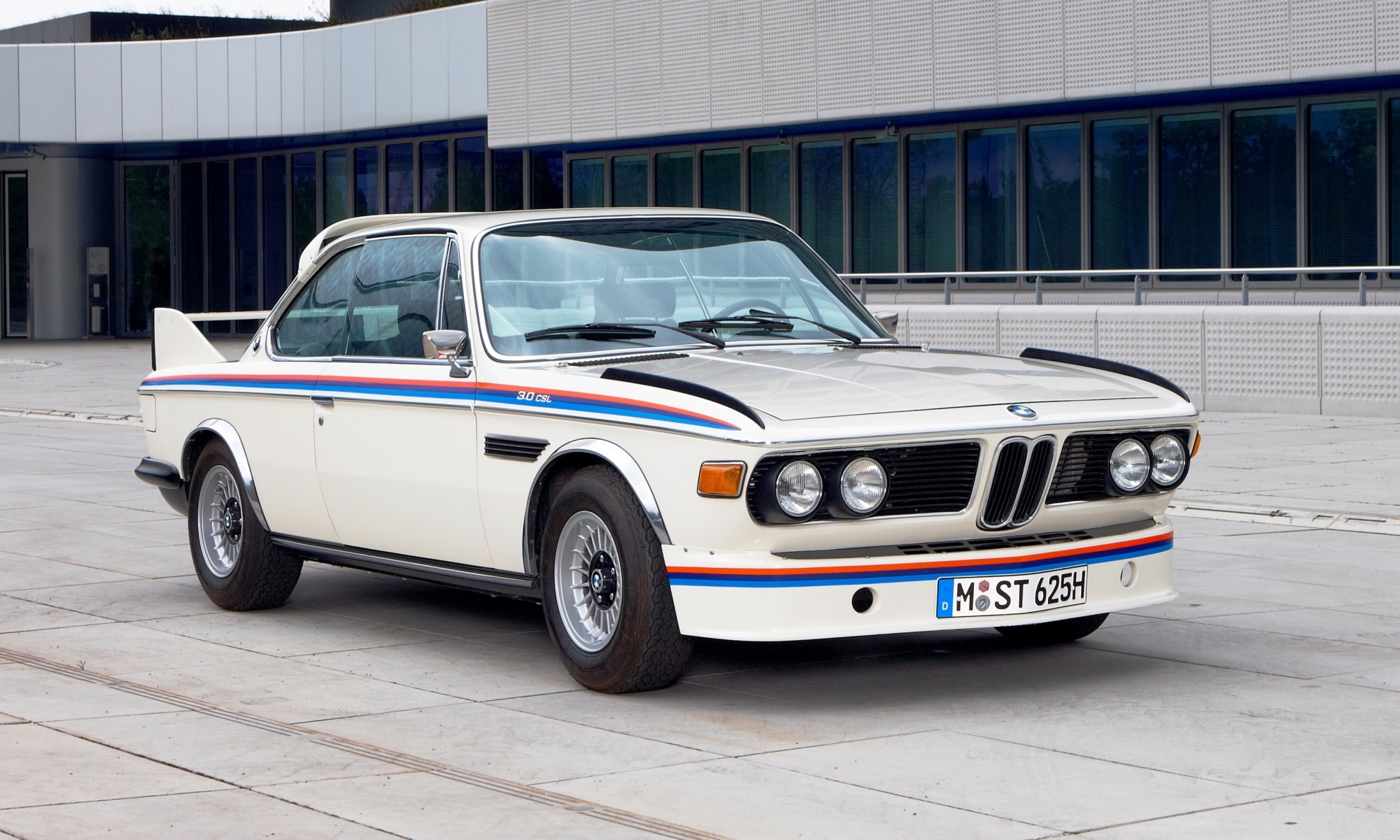


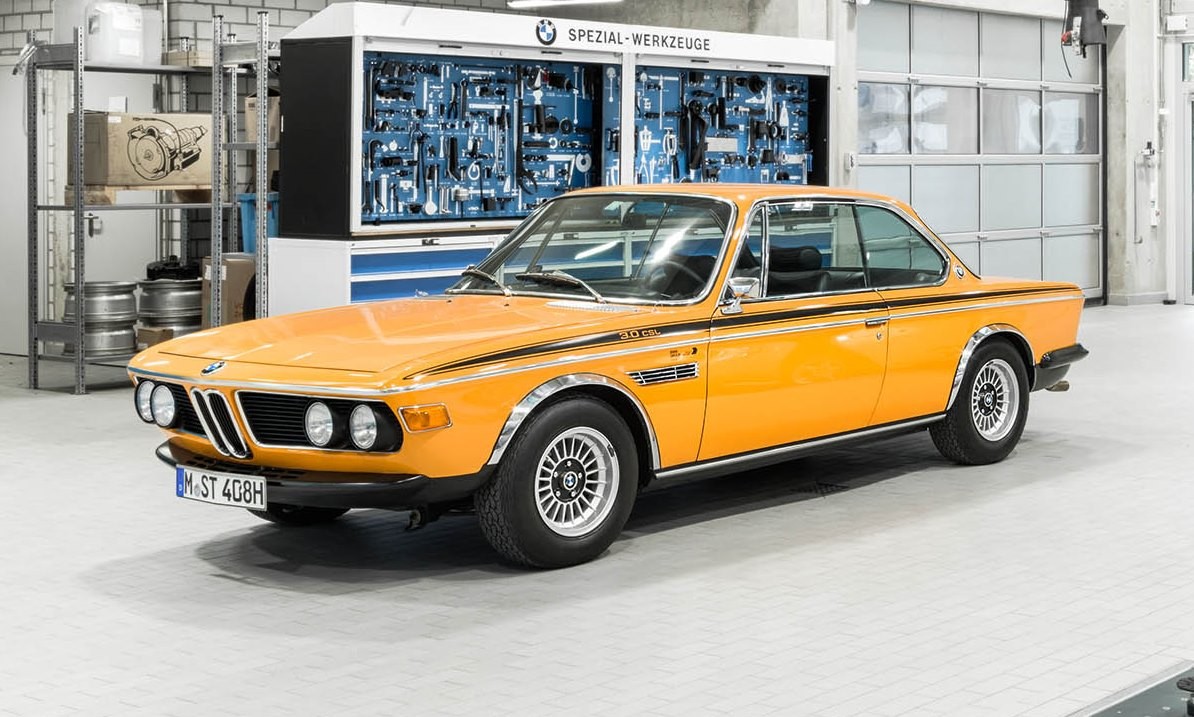
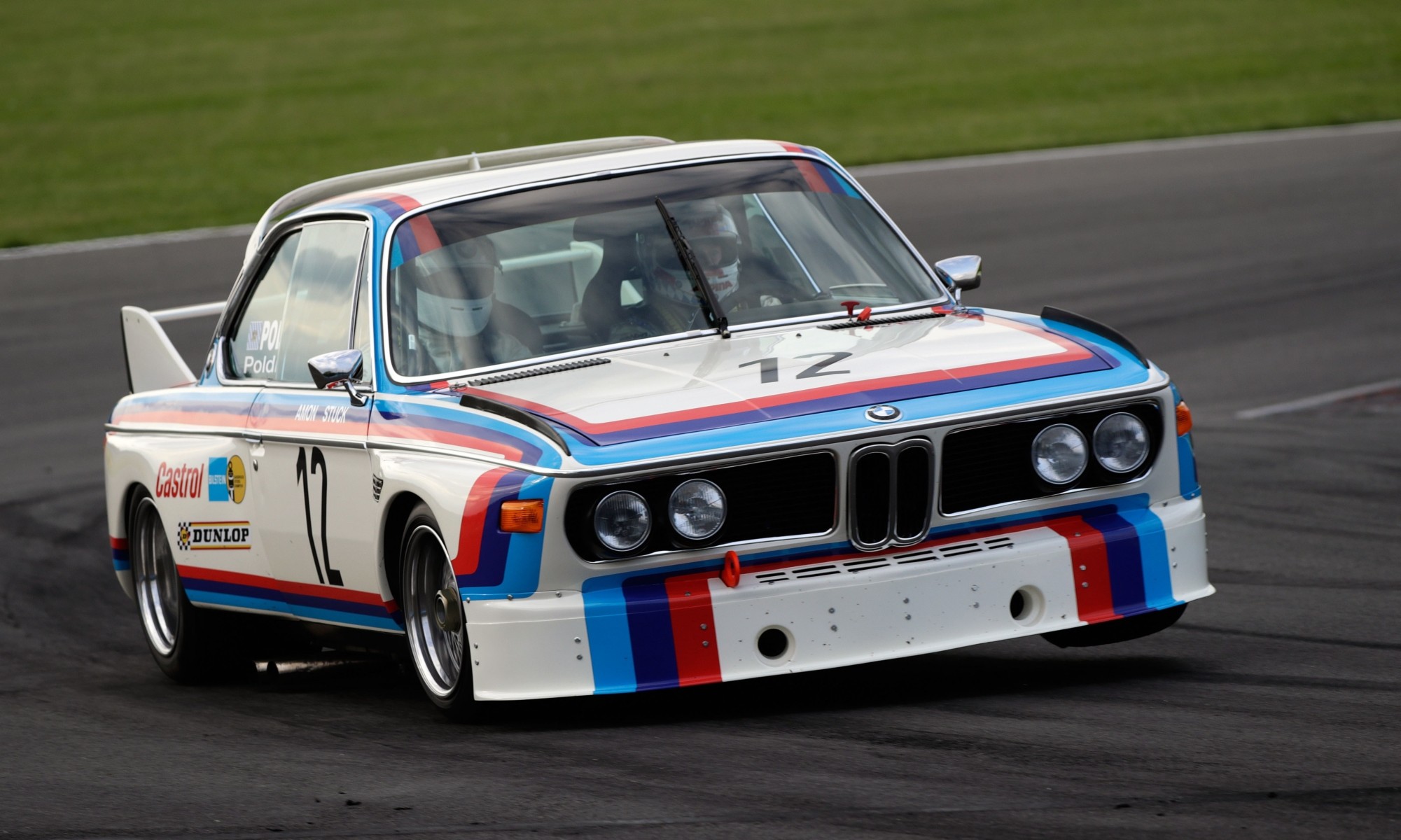
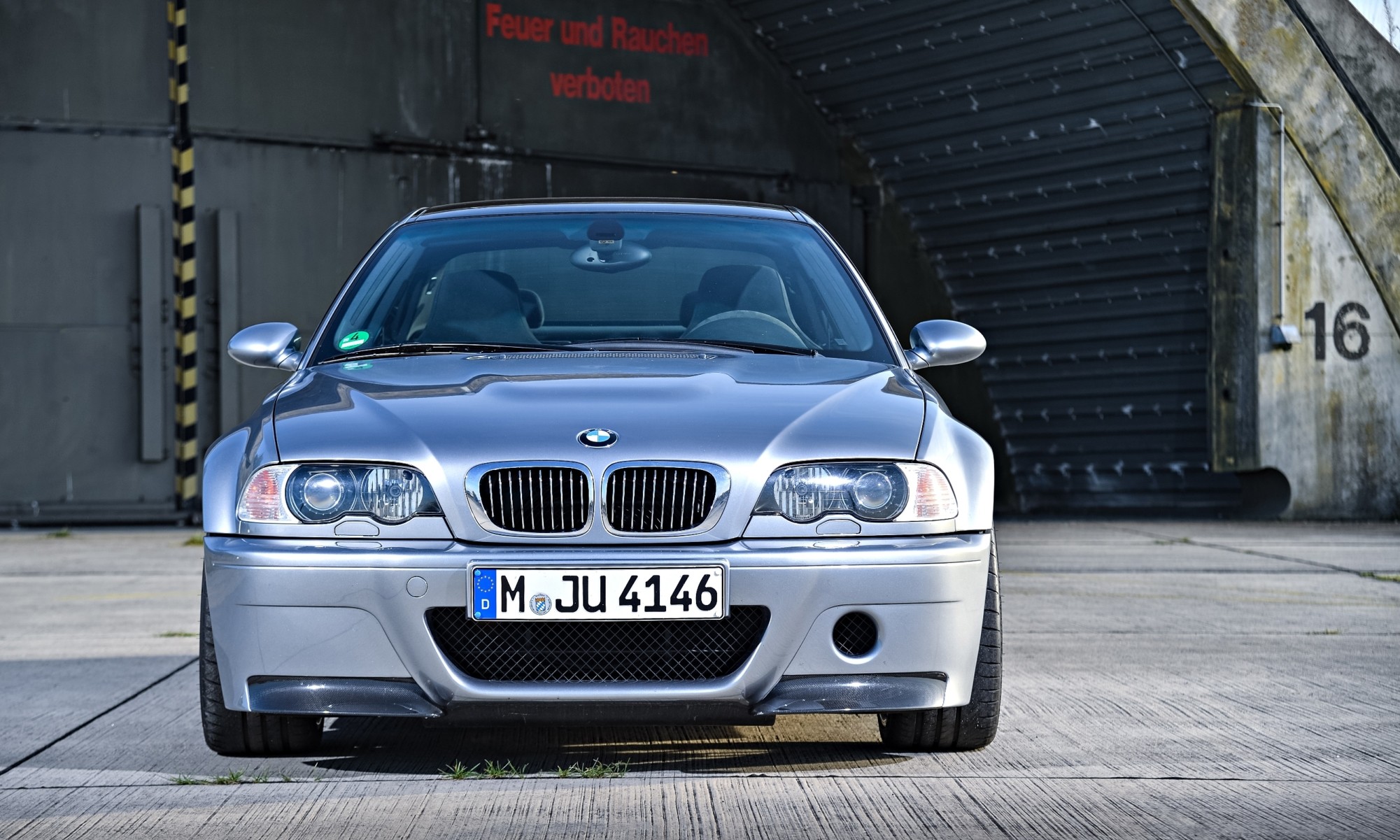

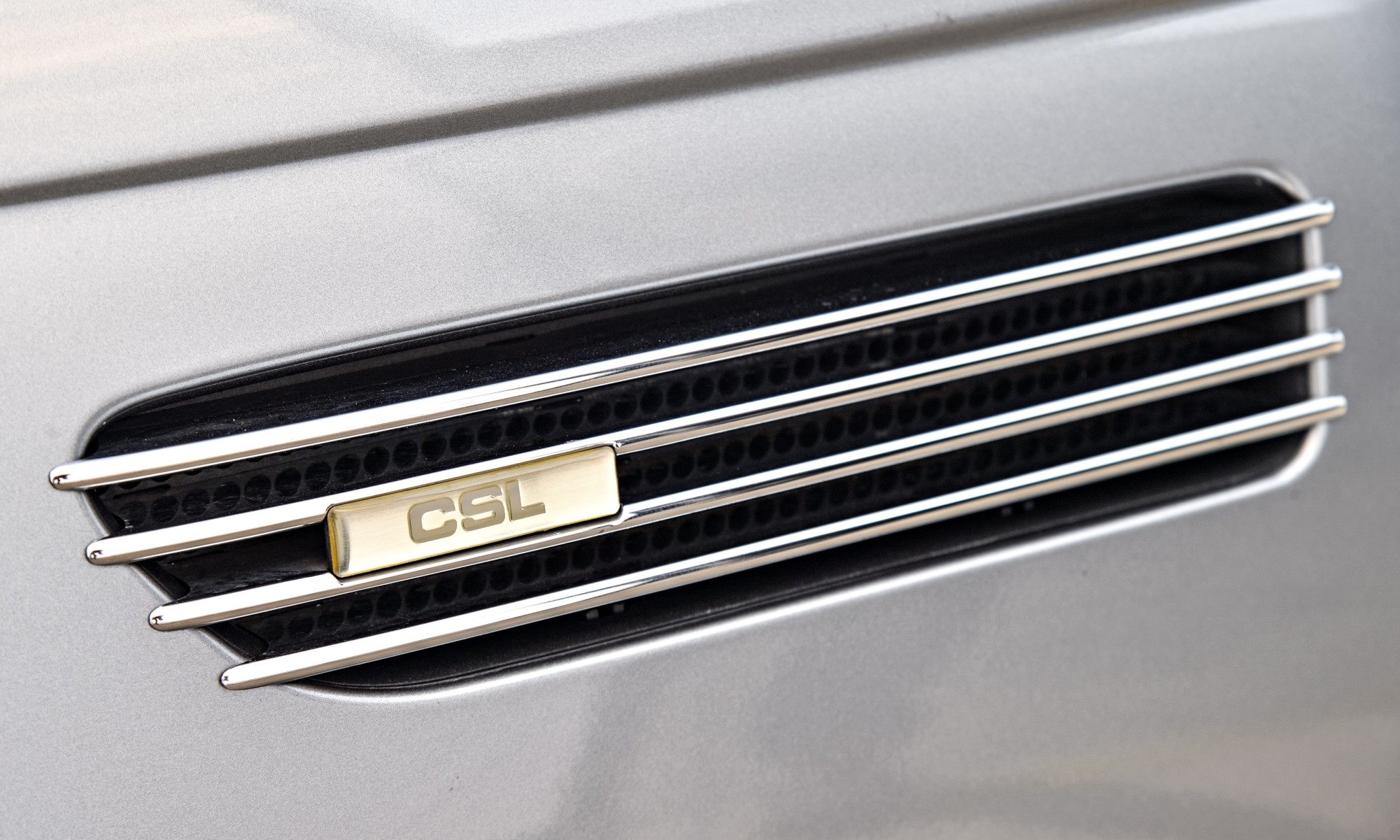
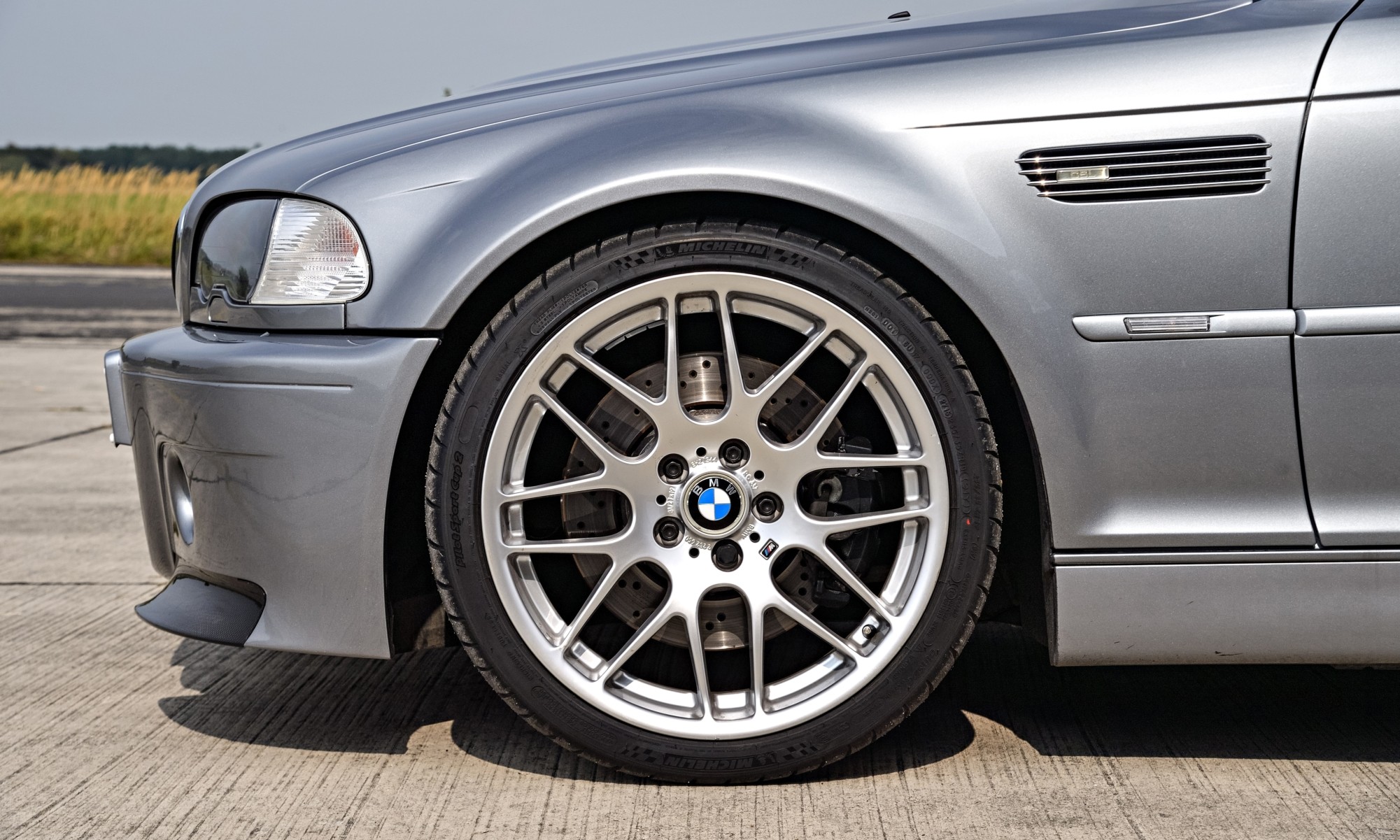


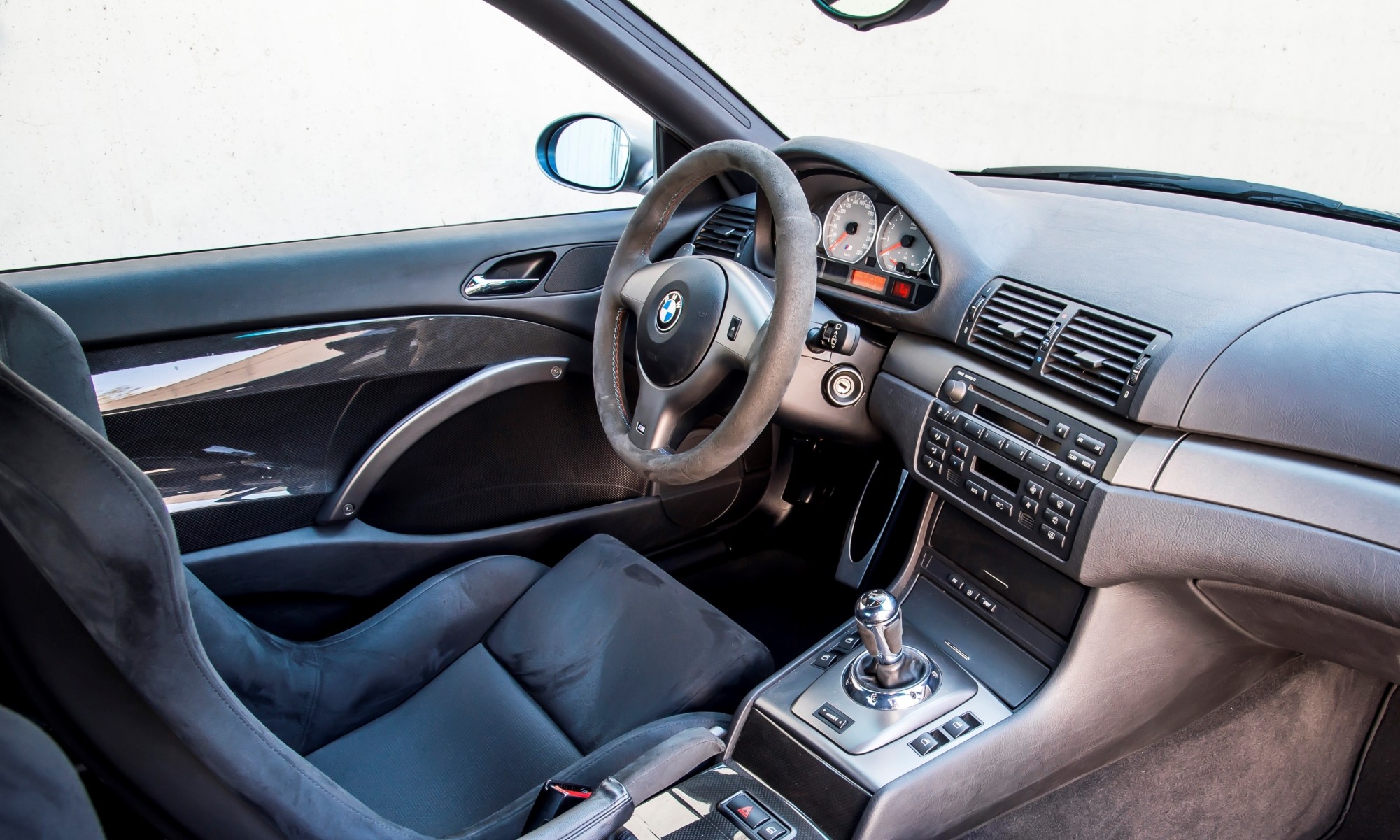
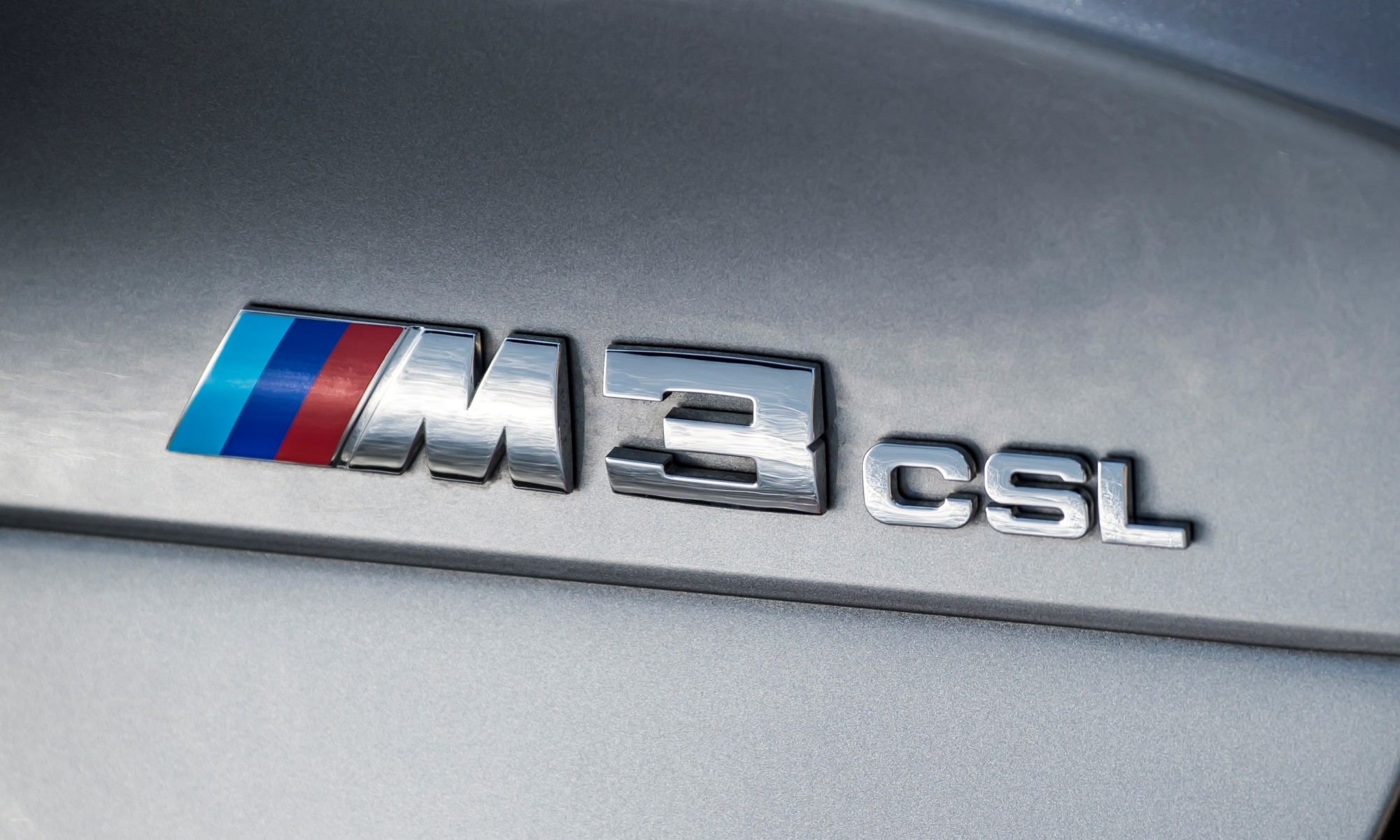
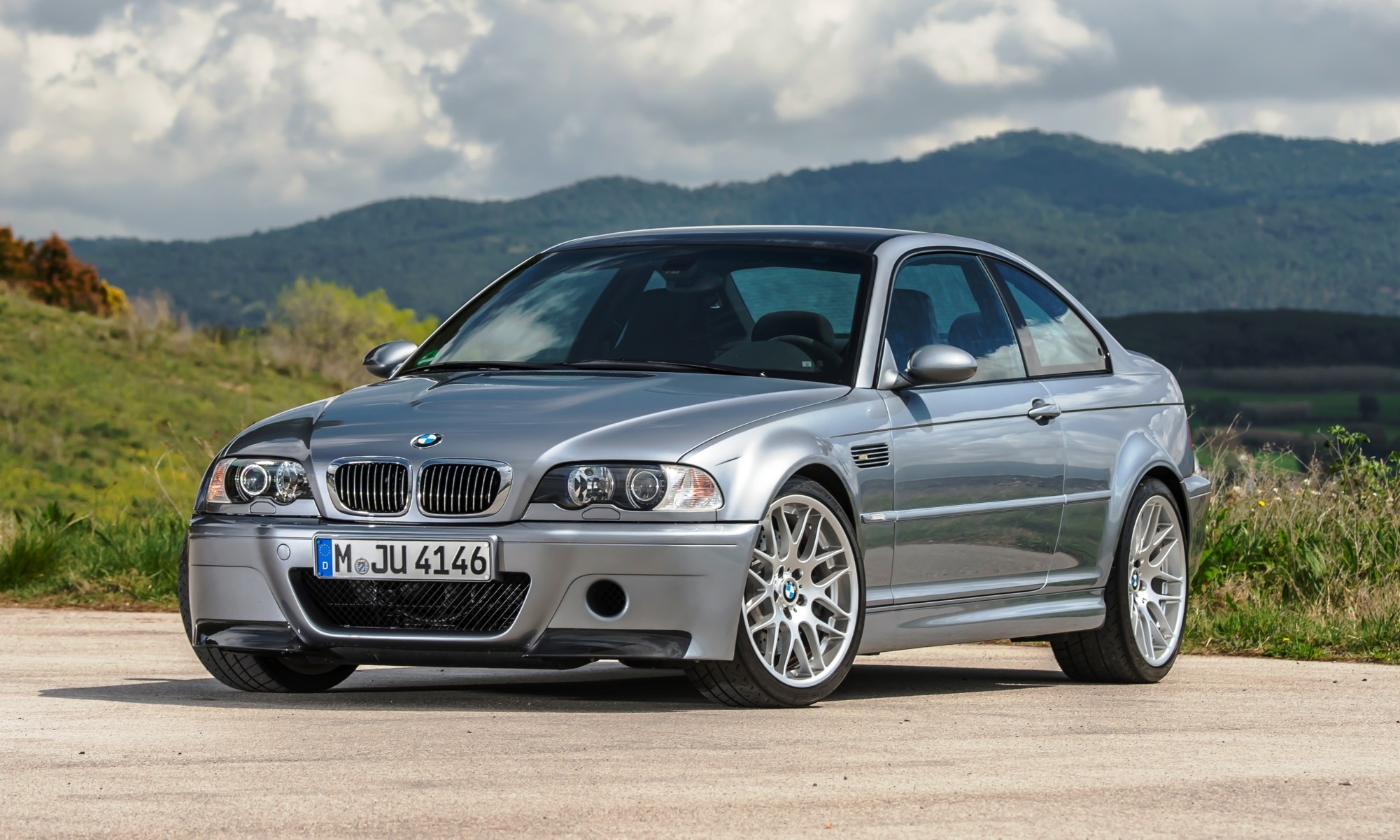



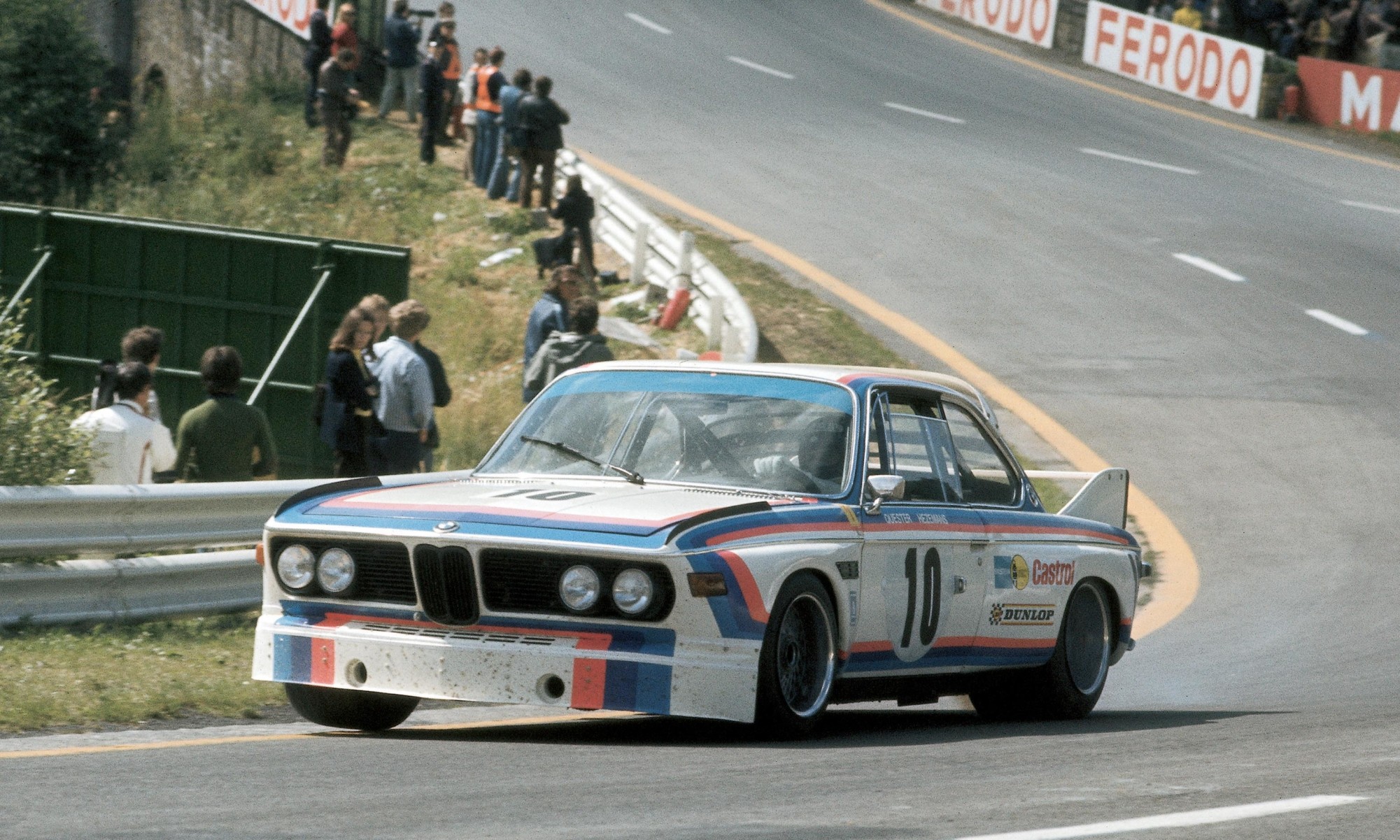

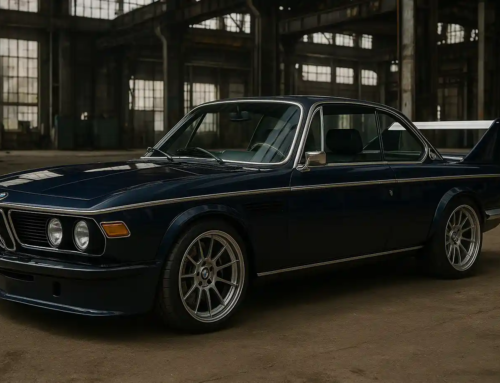
![Hot New BMW M2 CS Released and it’s Heading to SA [w/video]](https://doubleapex.co.za/wp-content/uploads/2025/05/P90600877_highRes_the-new-bmw-m2-cs-500x383.webp)
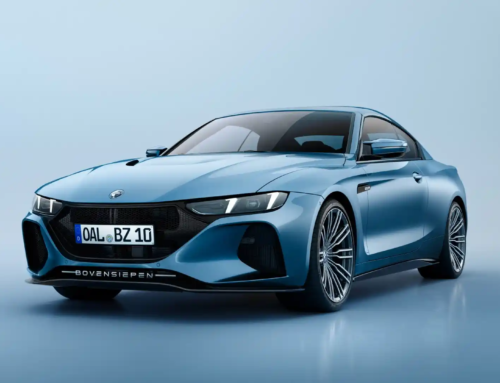
Wow , what a beauty